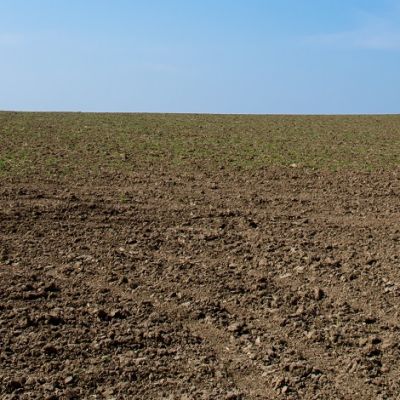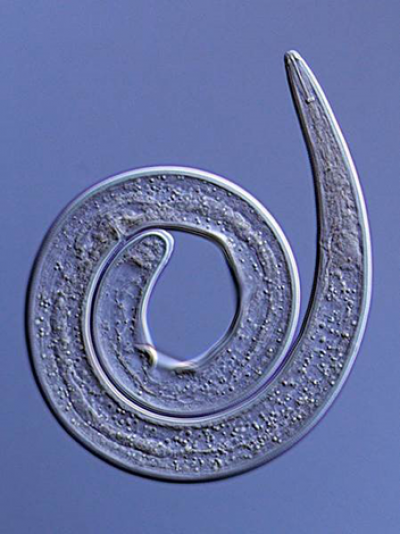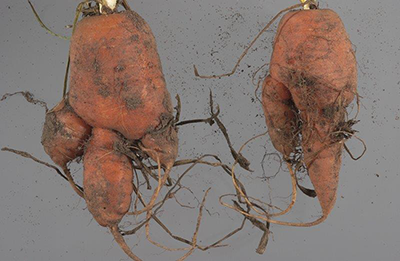
Visit our other sites
-
Fapas - Proficiency Testing
Globally recognised provider of proficiency tests, running over 400 tests annually across an extensive range of matrices and analytes
-
Great Crested Newts Testing
A single sample taken by an ecologist at any time during the newt breeding season can determine their presence or absence, saving you time and money
Fera has established the Soil Health Unit to improve understanding of soil management and its effects on crop health and threat control. Our work involves investigating the interactions between soil condition, crops, water and biotic stress – and the environmental factors that influence them.

What test do I need?
If you are unsure what kind of tests you need, we can help you diagnose your crop using our plant diagnosis techniques.
-
 Soil Bait Tests: Phytophthora (except P. fragariae, P. Rubi, and P. idaei) and Pythium
Soil Bait Tests: Phytophthora (except P. fragariae, P. Rubi, and P. idaei) and PythiumA bait test to detect a wide range of Phytophthora (except P. rubi, and P. idaei.) and Pythium Pythium in soil. Both Phytophthora and Pythium are fungus-like organisms causing disease in a range of plants.
-
 General free-living plant-parasitic nematodes from soil: Standard analysis
General free-living plant-parasitic nematodes from soil: Standard analysisA test for free-living plant-parasitic nematodes from soil including extraction, counts and identification to genus/species (including root-lesion nematodes) of any free living nematodes found within your sample. We also supply information on any pathogenic nematodes found (Plese note: virus vectors require specialist extraction methods).
-
 General free-living plant-parasitic nematodes from soil: Basic analysisOur expert nematologists will analyse your soil samples for free-living nematodes which includes the extraction, count and identification to group (including root-lesion nematodes, but with the exception of virus vectors which require specialist extraction methods). This can give you the initial analysis required to point your prevention strategies in the correct direction.
General free-living plant-parasitic nematodes from soil: Basic analysisOur expert nematologists will analyse your soil samples for free-living nematodes which includes the extraction, count and identification to group (including root-lesion nematodes, but with the exception of virus vectors which require specialist extraction methods). This can give you the initial analysis required to point your prevention strategies in the correct direction. -
 Virus-vector nematodes from soil: Needle and Dagger nematodes
Virus-vector nematodes from soil: Needle and Dagger nematodesA test for both Dagger nematodes (Xiphinema diversicaudatum) & Needle nematodes (Longidorus elongates) from soil.
-
 Virus-vector nematodes from soil: Stubby-Root nematodes
Virus-vector nematodes from soil: Stubby-Root nematodesA test for stubby-root nematodes such as Trichodorus or Paratrichodorus minor. Plants infected show short stunted roots and a general overall reduction in root development. These nematodes can also transmit damaging plant viruses.

Copyright © 2025 Fera Science Limited (“Fera”). All rights reserved.
For further information about how Fera uses any personal data collected from you, please see our Privacy Notice at www.fera.co.uk/privacy-policy.

